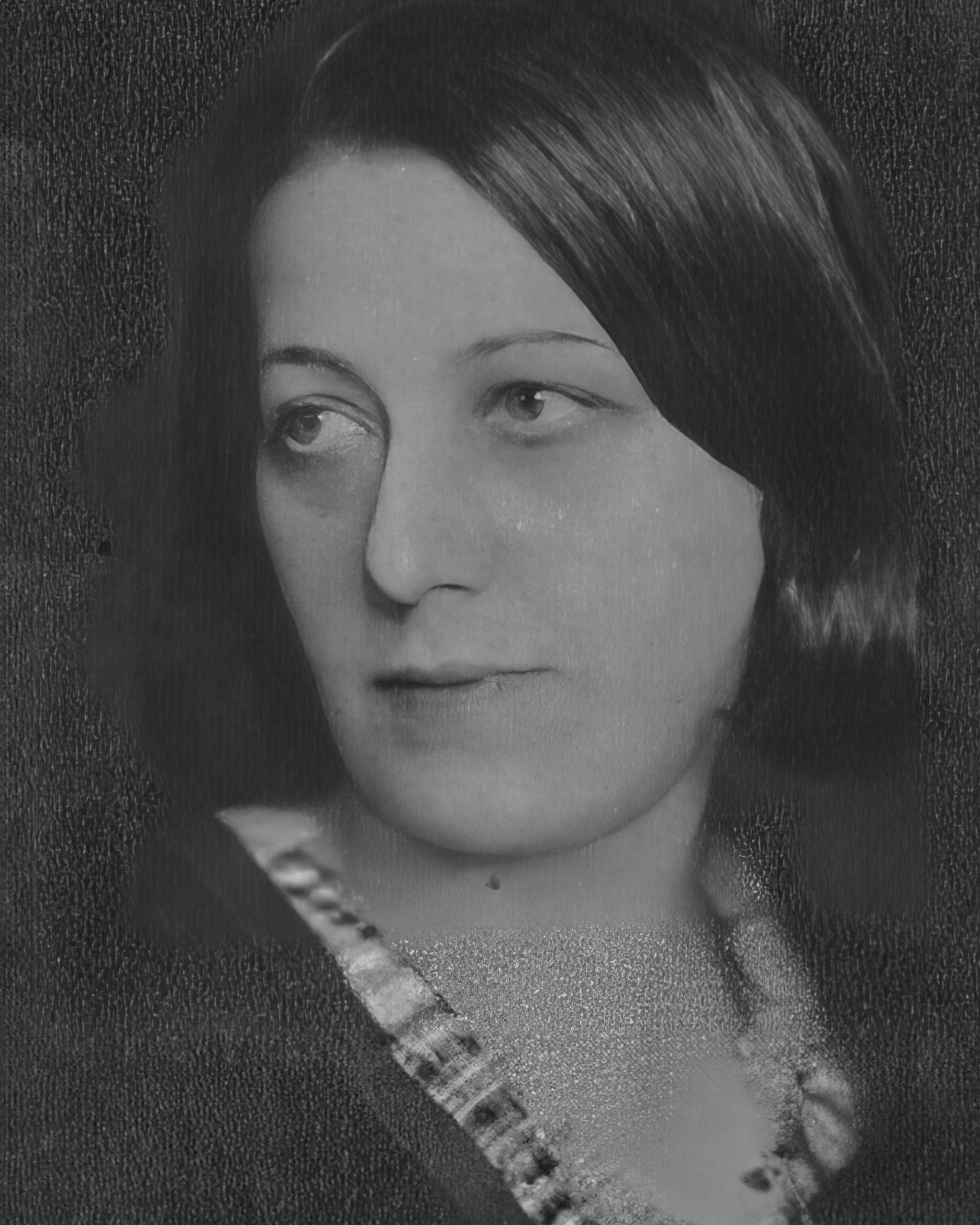00:00
Maria Bach
11.3.1896 – 26.2.1978
A Viennese native, Maria Bach grew up in a musical home at Schloss Leesdorf and later at Schloss Braiten in Baden near Vienna. As a young girl, she made the acquaintance of Johannes Brahms, Hugo Wolf and Josef Marx at regular house concerts. In addition to her instrumental training as a pianist and violinist, she devoted herself more and more to composing from 1914 to 1915 and onwards. Important patrons of her work were Erich Korngold and Josef Marx, with whom she studied music theory and composition between 1919 and 1925. Successful performances of her works soon followed in Vienna, Munich, Dresden, Leipzig and Berlin. Despite her sometimes extremely precarious financial situation, Maria Bach remained creatively active throughout her life as a composer and later also as a painter. She left behind a comprehensive musical oeuvre for a wide variety of ensembles. The musical estate is part of the music collection of the Vienna City and State Library.

Play Video
Stefan Mendl’s thoughts on the work
Maria Bach lived between 1896 and 1978 and studied composition with Joseph Marx between 1919 and 1925. Towards the end of the 1920s, she studied conducting and orchestration with Ivan Boutnikoff. Her first compositional steps into the public eye in 1924 were praised by Julius Korngold, the influential music critic and father of the composer Erich Wolfgang Korngold. In 1927-1928 she wrote her piano quintet, the “Volga Quintet”, a three-movement work lasting around forty minutes. In my opinion, the piece is highly interesting, as it is much closer in sound and harmony to the French Impressionism of Claude Debussy than to any of the compositional styles or traditions common in Austria at the time. Austrian impressionism, so to speak.
However, the monumental chamber music work also impresses with its central variation movement, which lasts more than twenty minutes with twelve variations on the “Song of the Volga Tugboat” (not to be confused with Lehár’s “Volga Song”). The two shorter outer movements contrast this with impressionistic, sometimes monumental soundscapes in the first and, above all, rhythmic drive in the finale. A weighty chamber music work that will hopefully enrich the piano quintet repertoire in the future.
